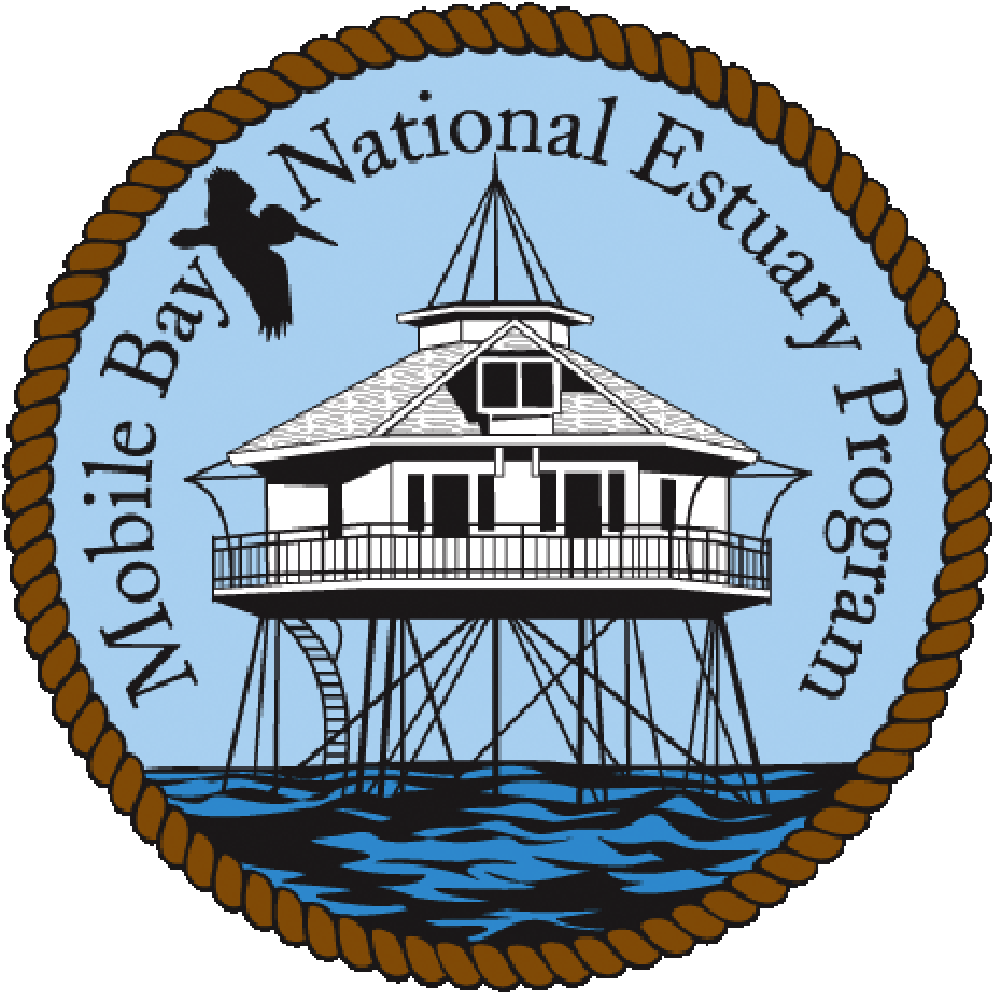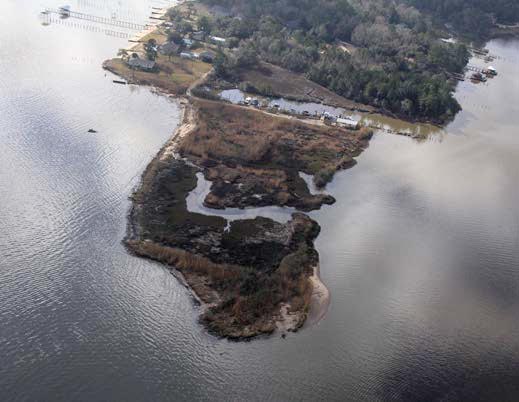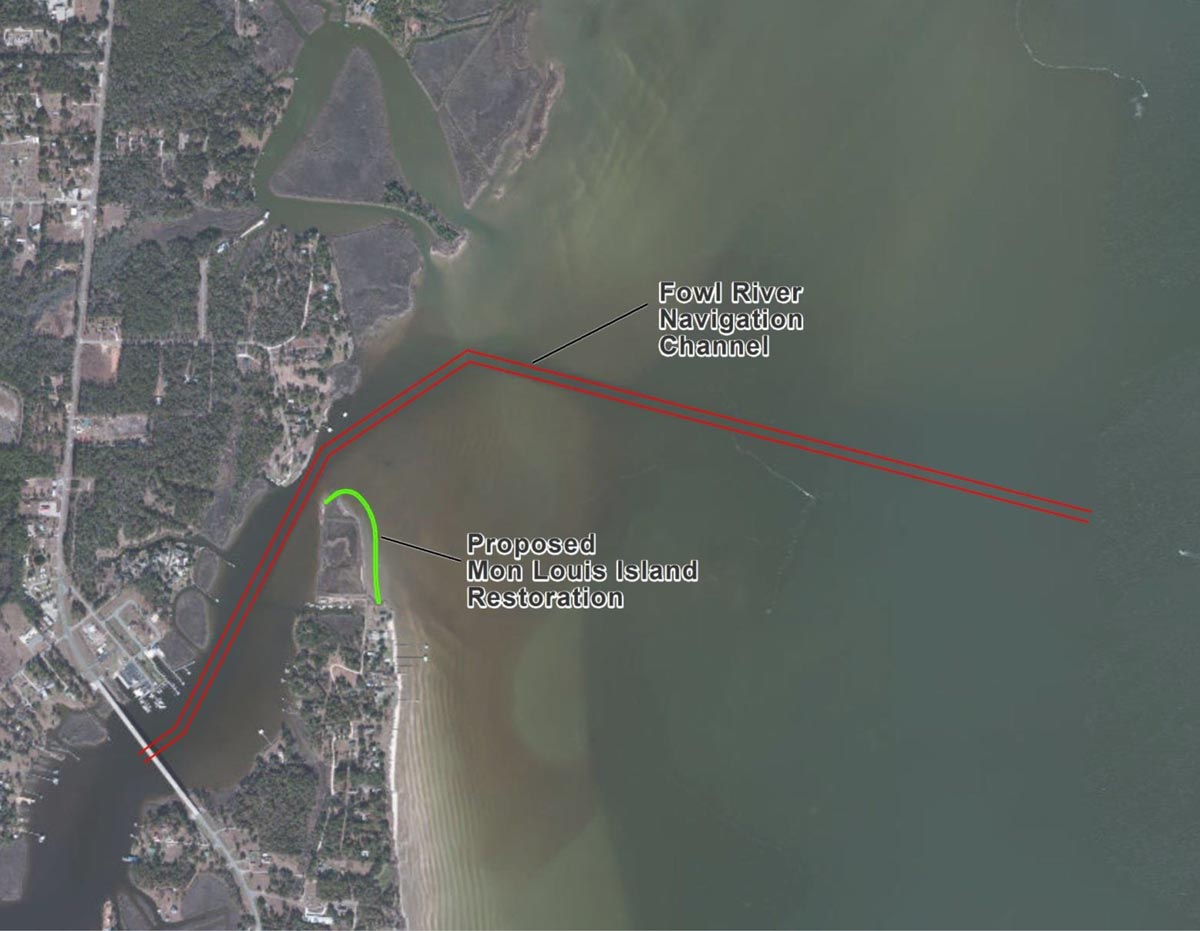Press Release: Fowl River Restoration Dredging Project Set for Later This Month
 Monday, June 6, 2016
Monday, June 6, 2016
Fowl River Restoration & Dredging Project Set for Later This Month
Mobile Bay National Estuary Program
Contact: Rick Frederick (251) 380-7941
Email: rfrederick@mobilebaynep
Website: www.mobilebaynep.com
The restoration of the erosion-impacted and storm-vulnerable northern tip of Mon Louis Island is set to get underway following a June 8 pre-construction meeting. What was proposed and funded through a National Fish and Wildlife Foundation Gulf Environmental Benefit Fund in late 2013 as an emergency project and a race to complete before a catastrophic tropical weather event has finally been permitted and contracted.  Orion Marine Construction has been hired to implement this project, designed by Thompson Engineering with assistance from the Mobile Bay NEP and the U. S. Army Corps of Engineers, Operations Division. The project will include the construction of a continuous rock breakwater along the footprint of the historic 1997 shoreline, subsequent hydraulic dredging to borrow material from the Fowl River Open Water Disposal Area (FROWDA) to create four acres of salt marsh behind the breakwater, and maintenance dredging of the shallow and neglected Fowl River navigation channel to replace the borrowed material.
Orion Marine Construction has been hired to implement this project, designed by Thompson Engineering with assistance from the Mobile Bay NEP and the U. S. Army Corps of Engineers, Operations Division. The project will include the construction of a continuous rock breakwater along the footprint of the historic 1997 shoreline, subsequent hydraulic dredging to borrow material from the Fowl River Open Water Disposal Area (FROWDA) to create four acres of salt marsh behind the breakwater, and maintenance dredging of the shallow and neglected Fowl River navigation channel to replace the borrowed material.
Project implementation was delayed by design challenges and permitting. The original intention was to borrow material directly from the navigation channel, but its sediments were silty and of insufficient quality for marsh creation. After considering upland and upstream sources of suitable material, core samples obtained from the FROWDA in early 2015 were revealed to be sandy enough for marsh creation. State Senator Bill Hightower secured State Deepwater Horizon Impact Funds to undertake maintenance dredging to restore channel navigability and provide a source of material to replace what was borrowed and restore water quality conditions along the Bay bottom. Combining the two dredging efforts provides cost efficiencies, improved access for recreational boaters, and ensures no negative impacts to water quality on the bottom.
 A Corps permit was finally issued in March, 2016, allowing the project to go to forward. Orion’s bid was low enough to include maintenance dredging to an 11-foot depth, three feet deeper than standard Corps protocols. This will ensure a longer period of navigability through this inlet during challenging economic times when maintenance dredging cannot be expected. After Orion completes the described scope of work before the end of 2016, the created wetland area will be left to consolidate and settle for six months before it’s graded and planted. The project will double the area currently providing nursery and refuge habitat for fish, shellfish, and wildlife.
A Corps permit was finally issued in March, 2016, allowing the project to go to forward. Orion’s bid was low enough to include maintenance dredging to an 11-foot depth, three feet deeper than standard Corps protocols. This will ensure a longer period of navigability through this inlet during challenging economic times when maintenance dredging cannot be expected. After Orion completes the described scope of work before the end of 2016, the created wetland area will be left to consolidate and settle for six months before it’s graded and planted. The project will double the area currently providing nursery and refuge habitat for fish, shellfish, and wildlife.




